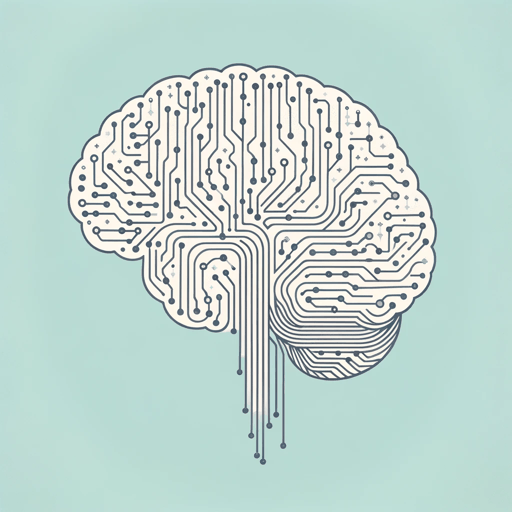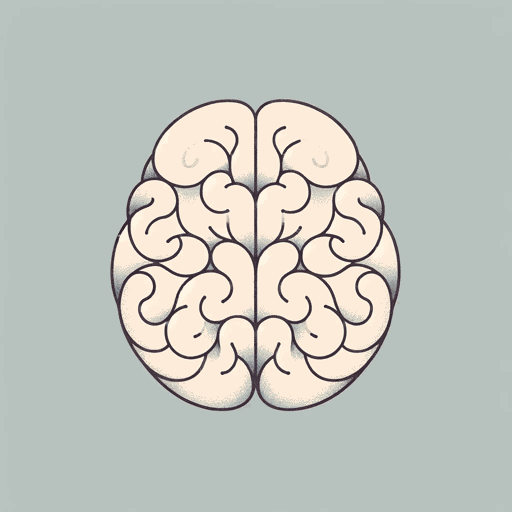60 pages • 2 hours read
Steven PinkerHow The Mind Works
Nonfiction | Book | Adult | Published in 1997A modern alternative to SparkNotes and CliffsNotes, SuperSummary offers high-quality Study Guides with detailed chapter summaries and analysis of major themes, characters, and more.
Chapter 8Chapter Summaries & Analyses
Chapter 8 Summary: “The Meaning of Life”
The previous chapters showed how the human mind can come from natural selection and simple building blocks. From there, Pinker argued that many of our complex behaviors can be linked to how the mind was optimized for our hunter-gatherer ancestors. In all discussion, the behavior’s value to survival (i.e., genes being passed down through generations) was a major focus. In the last chapter, Pinker discussed human products and behaviors that don’t appear to have any value for survival. He mentions art, music, and philosophy as products of the human mind that appear to only be pleasurable or to be by-products of the mind’s evolution. Why they are pleasurable is not always clear. With art, there is some evidence that we enjoy clearly defined lines, shapes that have meaning in the outside world (like animals and other people), and colors that are vibrant. We are often annoyed at a TV screen with the picture out of focus or when we must squint at something seen through fog. These preferences align with preferences we would have to be able to distinguish shapes easily (defined lines), detect things that matter like predators or food (shapes with meaning), and notice interesting stimuli (vibrant colors).
Related Titles
By Steven Pinker






